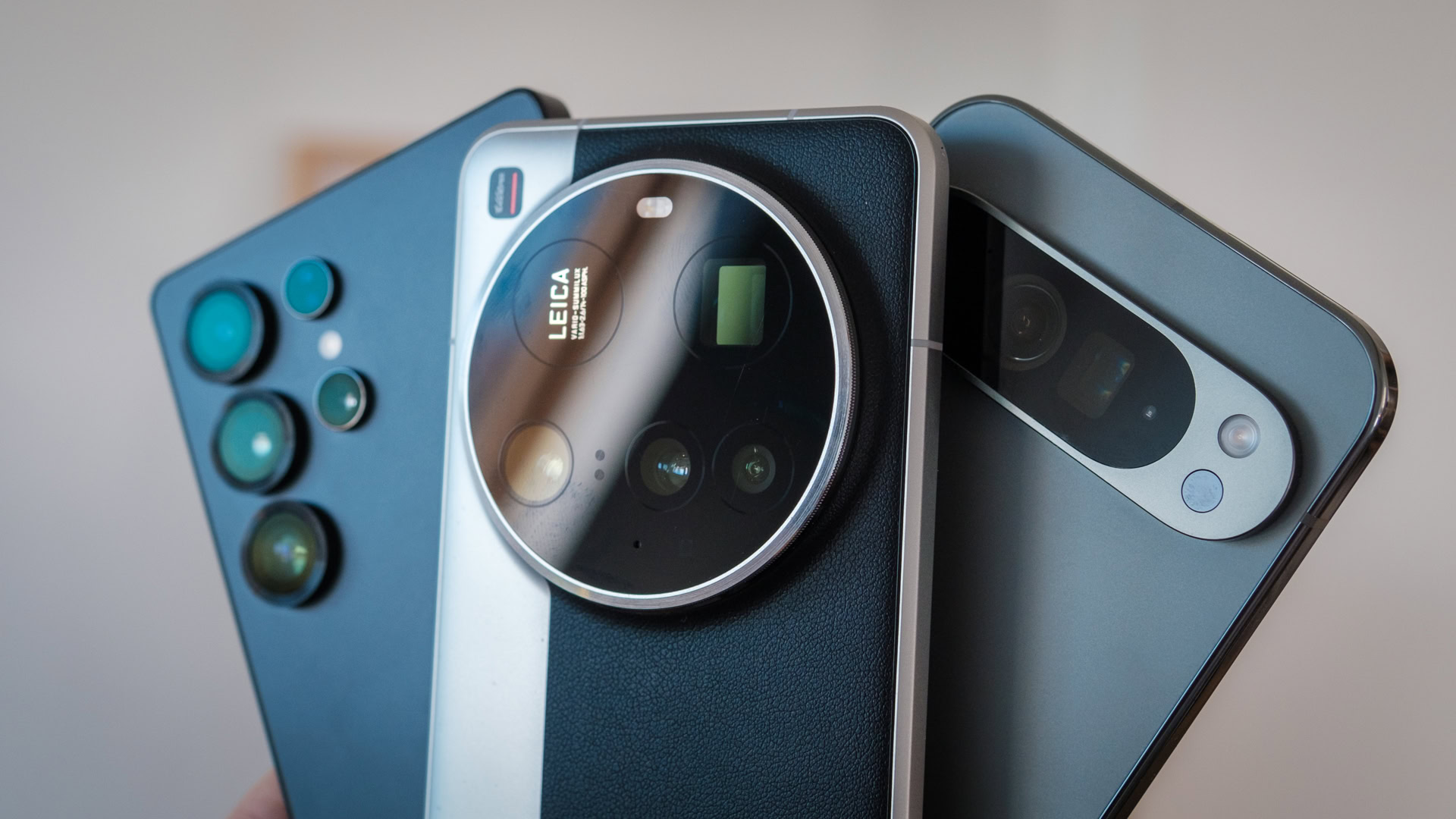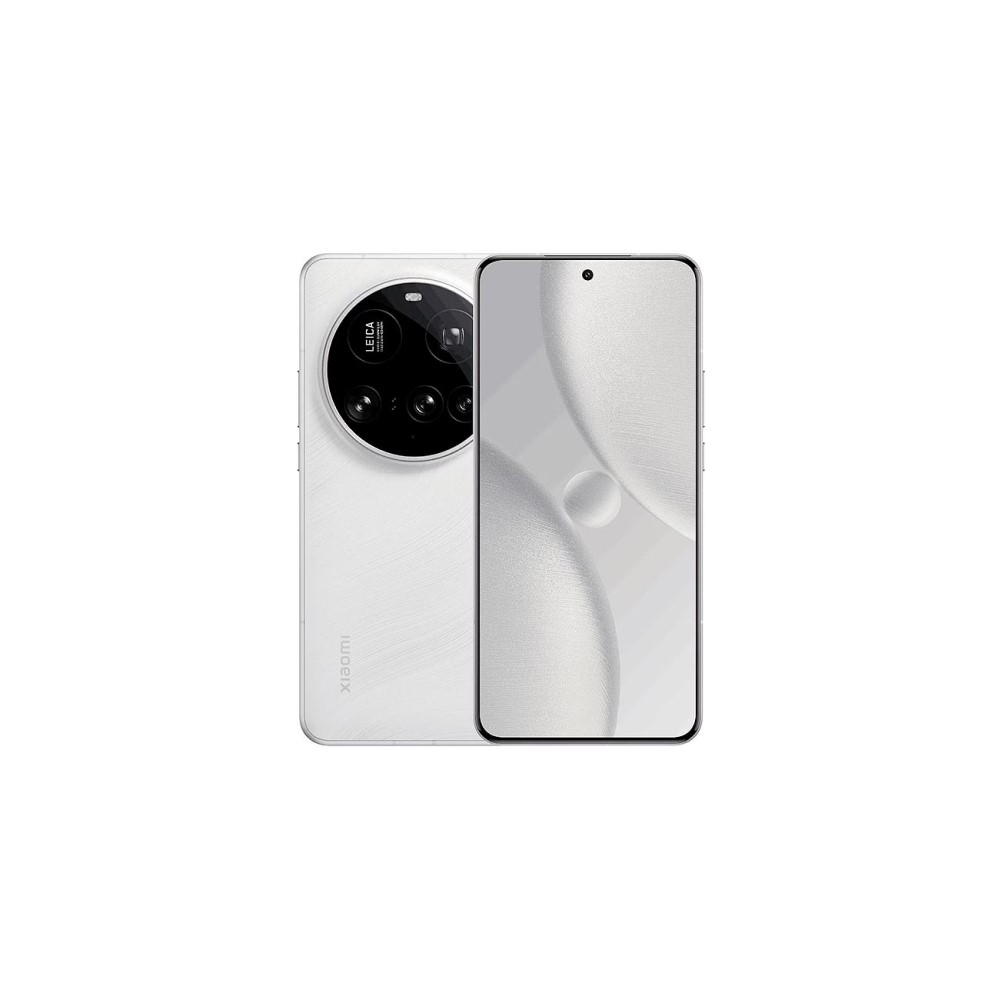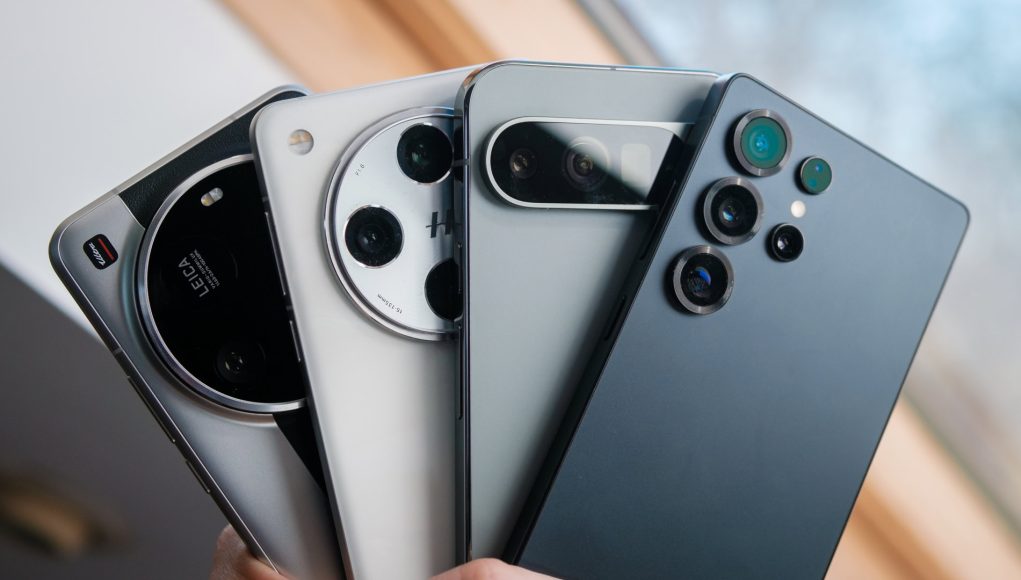Robert Triggs / Android Authority
If there’s one thing I must have in my smartphone camera, it is a robust long-distance zoom that brings me closer to the action. Today’s best Android phones offer a wide range of zoom options, with different zoom levels, lens apertures, and sensor sizes contributing to some rather different capabilities. Just because it has a 5x periscope camera doesn’t mean they’re all the same.
To test what this means for actual photos, I’ve grabbed the Pixel 9 Pro, Galaxy S25 Ultra, OPPO Find X8 Pro, and Xiaomi 15 Ultra to showcase the differences these sensor specs can make. The latter has a huge number of megapixels to work with, while the Find X8 Pro has the longest optical zoom. Flagships from Google and Samsung sit somewhere in between.
Here’s a quick rundown of how each of these phones’ longest-range zoom options compare.
| Periscope Zoom | Pixel 9 Pro XL | Galaxy S25 Ultra | Find X8 Pro | Xiaomi 15 Ultra |
|---|---|---|---|---|
| Periscope Zoom
Aperture |
Pixel 9 Pro XL
f/2.8 |
Galaxy S25 Ultra
f/3.4 |
Find X8 Pro
f/4.3 |
Xiaomi 15 Ultra
f/2.6 |
| Periscope Zoom
Sensor Size |
Pixel 9 Pro XL
1 / 2.55 |
Galaxy S25 Ultra
1 / 2.52 |
Find X8 Pro
1 / 2.51 |
Xiaomi 15 Ultra
1 / 1.4 |
| Periscope Zoom
Megapixels |
Pixel 9 Pro XL
48MP |
Galaxy S25 Ultra
50MP |
Find X8 Pro
50MP |
Xiaomi 15 Ultra
200MP |
| Periscope Zoom
Focal Length |
Pixel 9 Pro XL
113mm |
Galaxy S25 Ultra
111mm |
Find X8 Pro
135mm |
Xiaomi 15 Ultra
100mm |
| Periscope Zoom
Zoom factor |
Pixel 9 Pro XL
5x |
Galaxy S25 Ultra
5x |
Find X8 Pro
6x |
Xiaomi 15 Ultra
4.3x |
On paper, the Xiaomi 15 Ultra looks to have a significant advantage in terms of key specs. It has by far the biggest sensor (albeit split among a greater number of smaller pixels) and the widest aperture of the bunch. The other three have pretty similarly sized image sensors, but the Find X8 Pro has the narrowest aperture, possibly making it the weakest of the group. Perhaps its 6x zoom factor can bridge that gap at long range?
But we’ll let the pictures do the talking. For today’s test, we’re eyeballing the fine details via 100% crops to really help separate the good from the very best.
A “modest” 10x zoom
Our first semi-macro shot in bright outdoor lighting shouldn’t stress these cameras too much, but it does already reveal a few limitations of pushing these lenses out to 10x. First, note the Galaxy S25 Ultra has a slight halo around the flower’s edge, hinting at either poor lens aberration or multi-frame processing that isn’t stitching together quite right. The camera’s details already look a little splotchy here as well, and there’s some slight noise visible in the transitions between light and dark. The Pixel 9 Pro XL also shows a small amount of noise on the darker elements of our crop, likely where the phone’s HDR algorithm has brightened the shadows, which also explains the lack of contrast. However, there’s nothing too untoward here.
OPPO’s result is not great on close inspection. There’s clearly some denoise occurring even in these well-lit conditions, which causes the grass and the pot dude and plant bristles to be over smooth. The phone does a good job of providing vivid color saturation and contrast, though, something I can’t say for Google or Samsung, but its white balance isn’t spot on. But anything the OPPO does well, Xiaomi does better. In fact, it’s the only phone to accurately capture the fine bristles on the center blade of grass and plant stems. There’s no discernable noise in the darker parts of the scene either, and there’s no obvious oversharpening. You have to look closely, but this is hands-down the best image of the four.
Take their 10x zoom capabilities to capture more distant details with trickier light and shadow, and the differences become much more evident. The tiny sensor of the Galaxy S25 Ultra, in particular, struggles to extract much detail from the scene below and also shows severe edge aberration. The Pixel 9 Pro performs better in terms of detail, but it’s still not exactly crisp, particularly in the distant trees, and there’s another notable lack of dynamic range.
The OPPO Find X8 Pro performs reasonably well here, with solid dynamic range despite the limited aperture. It also captures far more fine detail than the Galaxy and even the Pixel. However, there’s a heavier reliance on sharpening here, which produces some artifacts along the rooftop tiles. This leaves the Xiaomi 15 Ultra as the clear winner in my estimation; details are robust across all parts of the scene, an excellent level of contrast and color retention, and there’s no real sign of processing. Again, it’s a little underexposed, but that makes it all the more impressive that there’s such a strong level of detail on offer. The fact that it comes out on top, given the 4.3x optical zoom level, is equally surprising. However, the phone is almost certainly pulling 50MP straight from the sensor for an 8.6x “optical” crop rather than relying on digital upscaling, just like Google does for its 10x shots.
Let’s turn the lights down a little to see how the phones perform with less light, but certainly not anything approaching darkness. As we expect, the Find X8 Pro’s combination of a small aperture and sensor produces pretty dubious results here, and the phone is heavily reliant on sharpening and multi-frame processing to make the text barely legible. It’s not a great look. That said, the Pixel 9 Pro XL only looks marginally better; its faults fall on the other side of the noise problem. There’s a high level of noise and grain, which makes much of the smaller text just as illegible as the over-processed result from the OPPO. Even Google’s mighty algorithms can’t make up for the sheer shortfall in light here.
Samsung’s results are noisy, too, but the distribution is much more even, resulting in a more film-grain appearance than pure digital noise. The text isn’t much more legible than the Pixel’s, but the Galaxy S25 Ultra has redeemed itself after the outdoor picture. Again, the Xiaomi 15 Ultra comes out on top thanks to that larger sensor and wide aperture. It’s not perfectly clean, but most of the text is legible, there’s minimal noise, and certainly no signs of aggressive sharpening or denoise. That’s three for three for Xiaomi, but what about at more extended range?
True long distance
I took our four phones out all the way to 30x to see just how far those rather short optical formats can stretch, and, as you might expect, the results aren’t great. Why smartphones still attempt to market huge zoom distances remains lost on me.
Our first 30x shot looks entirely at detail without pushing the phones with too much difference between light and shadow, but the Pixel 9 Pro XL still really struggles. The smaller text in the shot below is completely illegible, and the rest of the details are really quite sof. The Xiaomi 15 Ultra is only a little better here in terms of reading the text, but the details of the rest of the scene are also very soft. However’s the only phone to accurately show the embossing on the word “HOUSE.”
Surprisingly, the OPPO Find X8 Pro and Samsung Galaxy S25 Ultra are the best two at picking out the text here. OPPO’s more aggressive sharpening pass works out well, capturing the edges of the sign well enough and adding some extra refinement to the stone edges. The text is still a bit wonky-looking though. The Galaxy S25 Ultra’s text is also very legible, but its presentation is otherwise overly soft and, again, somewhat washed out. I’m sure you can see that the black paint of the gate is far too bright, while the white of the sign is also slightly clipped, again showcasing the zoom camera’s limited dynamic range.
Let’s turn back to our higher-dynamic range shot of the church to really push these cameras. As before, the Google Pixel 9 Pro XL and Samsung Galaxy S25 Ultra are the softest and most washed out, even in bright outdoor lighting. Samsung’s lack of edge sharpness rears its ugly head again, but detail-wise, there’s not a lot to tell it apart from the Pixel. Both are bad on close inspection, but the XL is perhaps marginally better.
OPPO’s result is better, but not by much. Its heavy reliance on software processing hands in additional details, but the result looks more cartoonish and almost flat than realistic when peering at our 100% crop. Still, the result is a picture with much better-defined edges and minor details than the Pixel or Galaxy, which gives the phone the nudge. Xiaomi’s result is better still, with a more natural appearance to details, solid colors, and not too much distortion. Again, sharpening and denoise are kept to a minimum.
The Xiaomi 15 Ultra isn’t flawless here, though. There’s clearly some multi-frame processing at play, which results in parts of the image containing more detail than others, as you can see across the church and in the tree branches. Still, you’ll only notice this when zooming in, and its 30x result is more naturally sharp than the other three.
And the winner is…

Robert Triggs / Android Authority
Undoubtedly, the Xiaomi 15 Ultra is the best of our four phones at long-range zoom. It produces the most consistent results in bright and dim lighting and captures the most vivid detail when operating at extreme ranges. It’s not a hands-down win in every shot I took; a lot of its results come out under-exposed, but it’s by far the best at producing long-range photos you might actually want to share. Given its robust on-paper specs, it’s no shock to declare this handset the winner, but the phone’s 30x capabilities are quite impressive from a modest 4.3x lens.
Which phone takes the best long-range photos?
7 votes
The OPPO Find X8 Pro is also better than expected, at least in good lighting conditions. Why does the OPPO Find X8 Pro seem to perform better at long distances than the Galaxy S25 Ultra and Pixel 9 Pro, despite its seemingly inferior aperture? Well, a wider aperture might guarantee more light, which explains the OPPO’s weakness in low light, but it doesn’t necessarily result in more resolvable detail. A camera’s real resolvable resolution depends on aberration and diffraction caused by the lens aperture, which can cause the light to spread out over a wider area than a single pixel. This spread is called an Airy disk, and the actual resolvable resolution of a camera is known as its Angular resolution or “Rayleigh criterion.” One of the drawbacks of a wider aperture is that it often results in more diffraction and, therefore, a larger airy disk and lower actual resolvable resolution. Knowledgable photographers will often step down their lens’ aperture a little when aiming for the sharpest possible details.
The Xiaomi 15 Ultra proves that camera hardware still matters as much as software.
This is the reason why the industry’s 200MP cameras rarely actually capture vastly more detail than their 50MP or even 12MP competitors, and it might explain why the Find X8 Pro’s camera captures more detail in good lighting conditions than the Galaxy S25 Ultra and Pixel 9 Pro XL. Plus, OPPO appears to rely on aggressive multi-frame processing to infuse extra detail into images at the expense of a more processed appearance.
I’m torn between whether the Google Pixel 9 Pro XL or Samsung Galaxy S25 Ultra is the worst of the group. Samsung’s noticeable fringing and aberration are obviously quite bad, but the Pixel performs quite poorly in low light. However, Samsung’s lack of detail at 10x seals its fate as today’s loser.
Now, long-range zoom isn’t everything. If you’re mainly taking pictures of friends, family, and pets, then a zoom lens with a focal length somewhere in the region of 70mm is ideal, which is typically around 3x on most smartphones. Plus, you’ll want a solid main camera to fit more in. Thankfully, the Find X8 Pro, Xiaomi 15 Ultra, and Galaxy S25 Ultra have you covered here as well.

Xiaomi 15 Ultra
Brilliant cameras
Two-day battery life
Fast universal charging

Google Pixel 9 Pro XL
The best specs in the Pixel 9 series
Gorgeous display
Seven years of software updates








